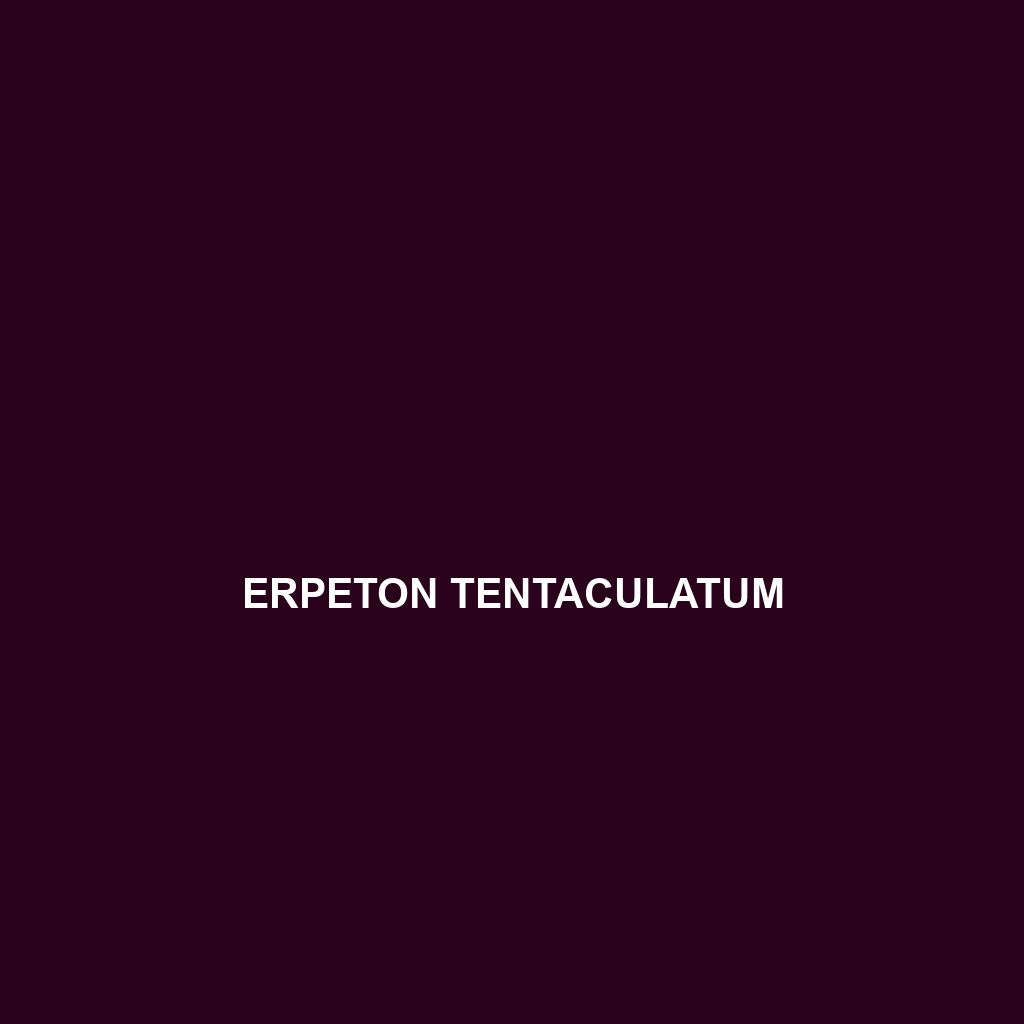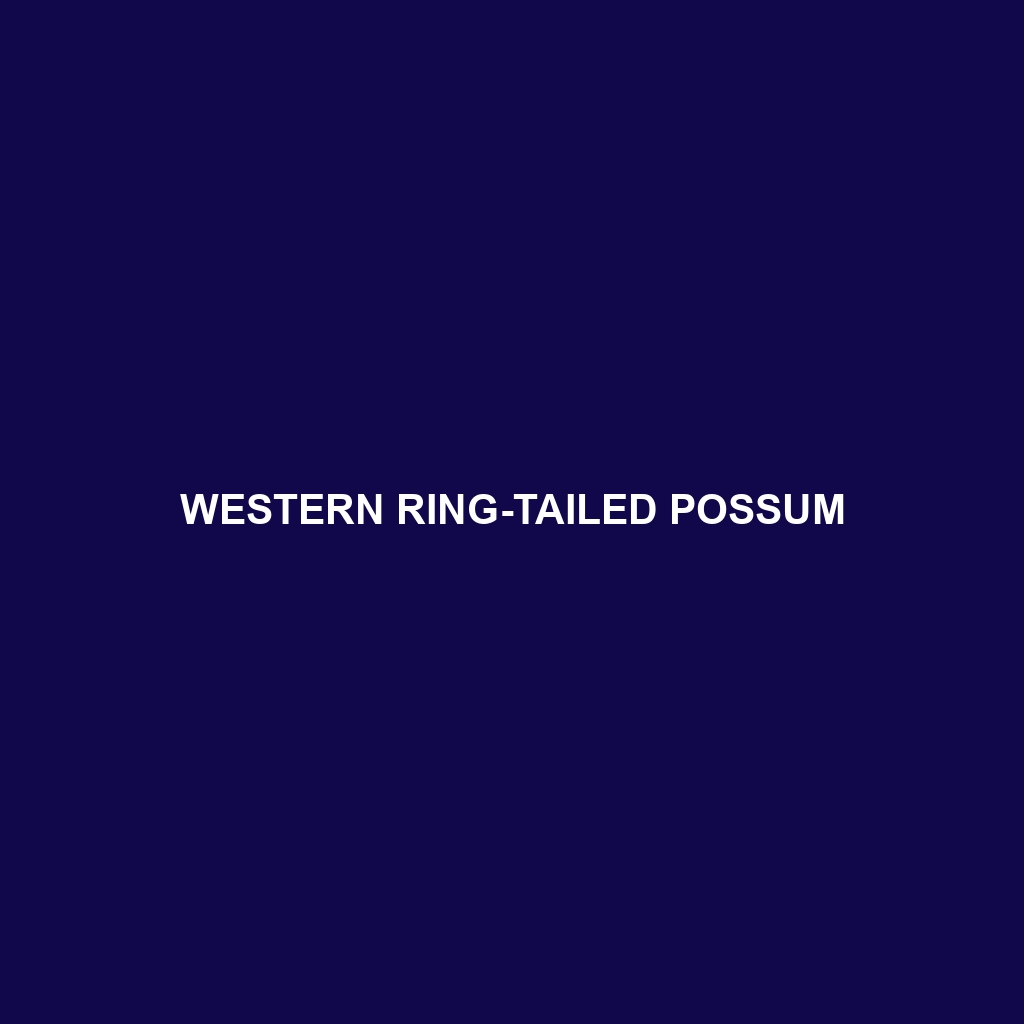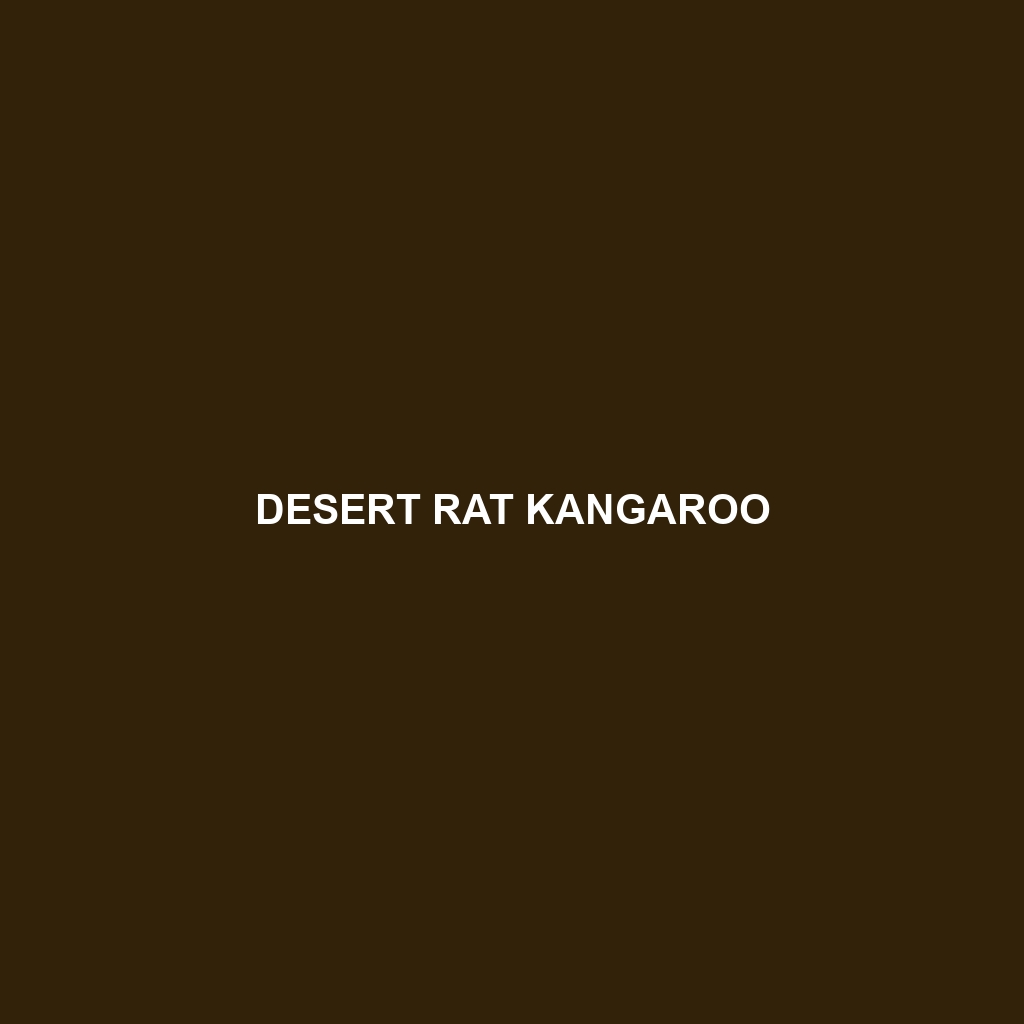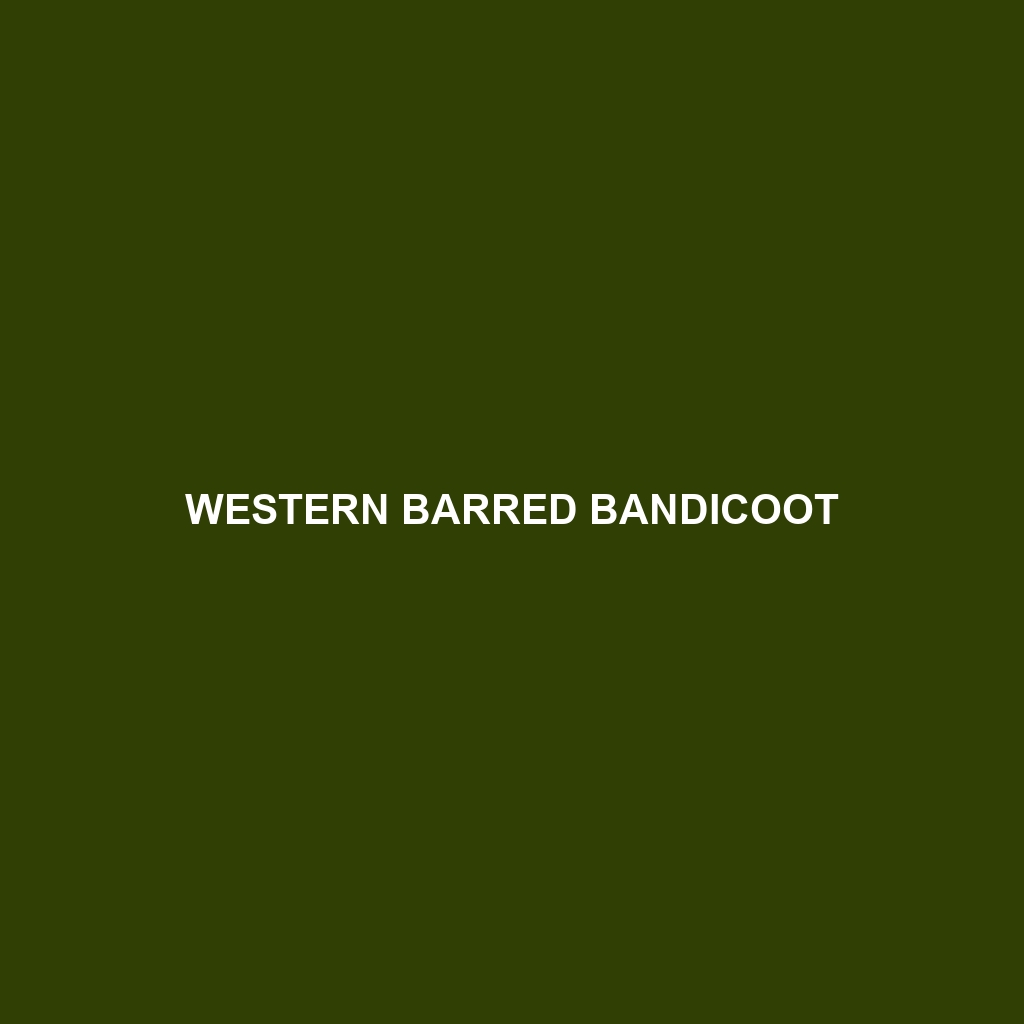Discover the Kahurangi skink (Oligosoma kahurangi), a medium-sized lizard thriving in New Zealand's temperate forests, known for its vibrant coloration and diurnal behavior. With a diet primarily consisting of insects, this fascinating species plays a vital role in maintaining ecological balance while facing conservation challenges due to habitat loss and introduced predators.
Tag: predator control
Eroticoscincus graciloides
Introducing the Eroticoscincus graciloides, or slender skink, a striking reptile found in the lush rainforests of Papua New Guinea. This nocturnal, insectivorous skink showcases a slender body ranging from 10 to 15 cm, featuring smooth, glossy skin that varies in color from light brown to dark chocolate, and plays a crucial role in maintaining insect population balance in its ecosystem.
Cyrtodactylus bintangtinggi
The Cyrtodactylus bintangtinggi, a vulnerable gecko native to humid tropical forests of Southeast Asia, thrives in montane regions and limestone caves. This nocturnal insectivore exhibits distinct brown to gray patterns, aiding in camouflage, and plays a vital role in its ecosystem by controlling pest populations.</p>
Western Ring-tailed Possum
Discover the unique world of the Western Ring-tailed Possum, a nocturnal marsupial native to southwestern Australia. With its distinctive prehensile tail and arboreal lifestyle, this fascinating creature plays a crucial role in its ecosystem by contributing to seed dispersal and maintaining plant health. Learn about its special adaptations, social behaviors, and the conservation efforts essential for preserving this Near Threatened species.
Gilbert’s Potoroo
Discover the fascinating world of Gilbert's Potoroo (Potorous gilbertii), a critically endangered marsupial endemic to Australia and once thought extinct until its rediscovery in 1994. This small, nocturnal mammal plays a vital ecological role by dispersing fungal spores while relying on a specialized diet of truffles. Learn about their unique physical characteristics, behaviors, and the ongoing conservation efforts aimed at preserving this remarkable species.
Burrowing Bettong
Discover the fascinating world of the Burrowing Bettong, or Boodie, a small marsupial native to Australia. Once widespread, these nocturnal creatures now thrive primarily on offshore islands and in conservation areas, where their intricate burrowing systems play a vital role in soil health and seed dispersal. Learn about their unique adaptations, social behaviors, and the critical conservation efforts underway to protect this remarkable species and its habitat.
Greater Bilby
Discover the captivating Greater Bilby (Macrotis lagotis), a nocturnal marsupial native to Australia's arid landscapes. With its distinctive long ears, silky blue-grey fur, and vital ecological role in soil aeration, this vulnerable species symbolizes conservation efforts amidst threats from habitat loss and introduced predators. Learn more about its fascinating behaviors, unique adaptations, and the ongoing initiatives aimed at preserving this enchanting creature for future generations.
Queensland Barred Bandicoot
Discover the fascinating world of the Queensland Barred Bandicoot (Perameles gunnii), a unique marsupial native to Australia. This small yet vital creature, recognized by its distinctive barred fur and nocturnal habits, plays an essential role in its ecosystem through soil aeration and insect control. Learn about its physical traits, behaviors, habitat preferences, and the conservation challenges it faces in a rapidly changing environment.
Ooldea Barred Bandicoot
Discover the Ooldea Barred Bandicoot (Perameles ooldea), a fascinating and elusive marsupial native to Australia, known for its striking barred markings and nocturnal habits. Thriving in arid environments, this small mammal plays a crucial ecological role, from aerating the soil to controlling insect populations. With its unique adaptations and vulnerable status, the Ooldea Barred Bandicoot exemplifies the incredible diversity and fragility of Australia’s wildlife.
Western Barred Bandicoot
Explore the fascinating world of the Western Barred Bandicoot, a small, nocturnal marsupial native to Australia, known for its distinctive banded fur and agile movements. Once widespread, this endangered species now primarily resides on predator-free islands due to habitat loss and introduced threats. Discover its unique behaviors, ecological significance, and the conservation efforts aimed at ensuring its survival in this captivating blog post.









